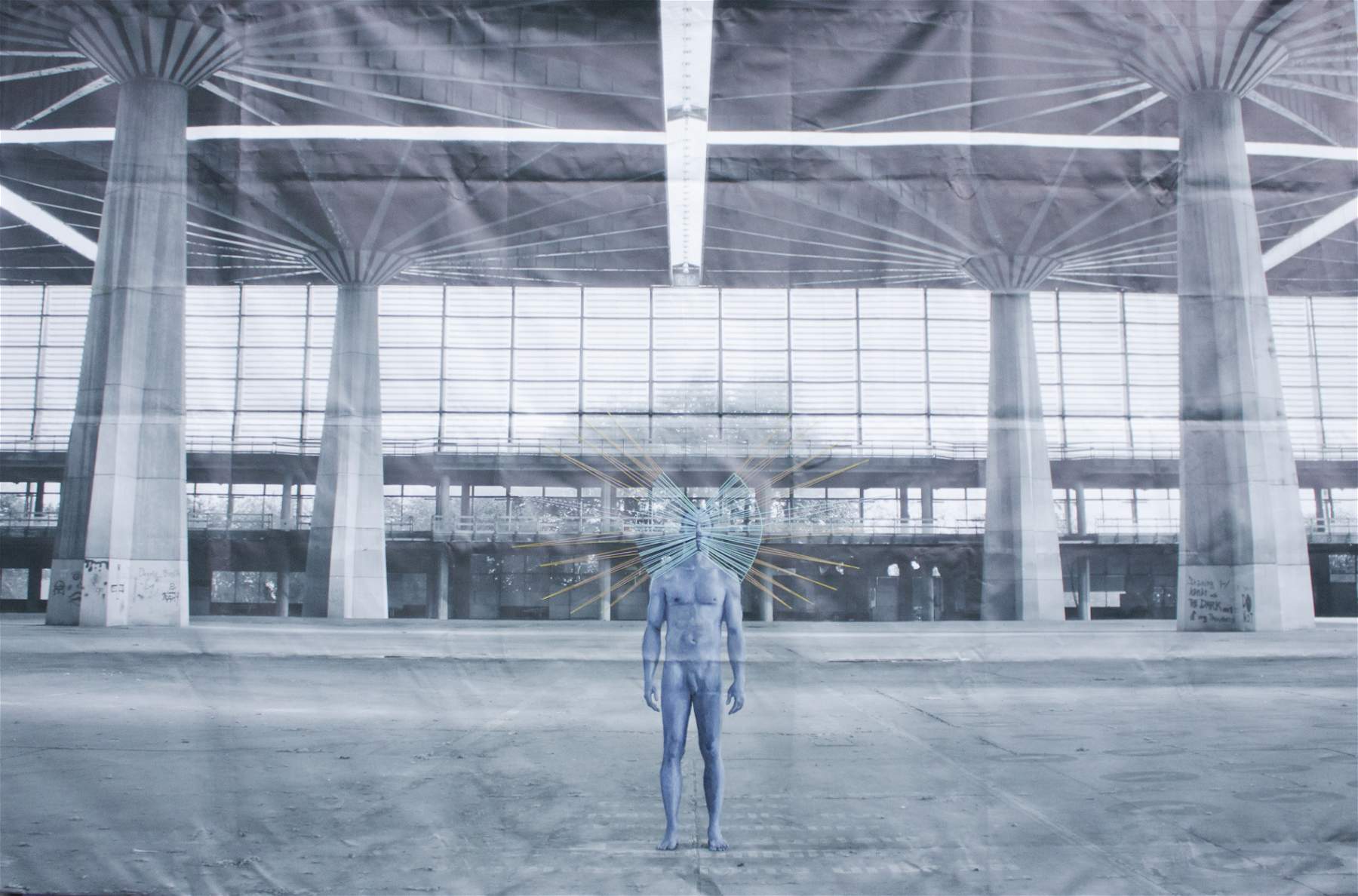Livorno, 13 young artists create exhibition on cinematic utopias
Short but intense: from Aug. 2 to 6, Livorno ’s Bottini dell’Olio Library hosts the exhibition Cinematopie: portents, anxieties, longings, a review that, on the occasion of the very popular Effetto Venezia festival, under the curatorship of Jacopo Suggi gathers works by several young artists to reflect on the concepts of utopias and dystopias also outlined by the world of cinema.
The group exhibition investigates through the work of thirteen emerging artists the cinematic imagery of future scenarios in both their negative and positive valence, in a path of painting, sculpture, graphics, performance and new technologies. In addition, the path is enriched by a selection of ancient and modern books and films related to the theme from the funds of Livorno’s Labronica Library.
By placing man at the center of reflection, the artists open windows on futuristic universes, from realities where the body becomes a place of battle, constantly changing, to worlds in which the individual recontracts his relationship with nature, technology, science and the community, giving rise to new urban, political and societal models.
The concept of utopia emerges in the Renaissance and is a neologism coined by the scholar and humanist Thomas More, who used it to describe the organization of an ideal society located on an imaginary island. Utopia becomes elucubration in the context of the flourishing of political thought, but also an autonomous philosophical-literary genre. In contrast, the concept of dystopia is attested as a typically literary phenomenon that spread especially in the 20th century beginning with Aldous Huxley’s novel The New World, which outlines future imaginaries where instances of the present are sublimated in their negative aspects, designating societies and worlds controlled by oppressive social or political expressions, disturbing and unjust environmental or technological contingencies.
Utopian ideals also strongly permeated the actions and work of visual and cinematic artists active in the avant-garde and post-avant-garde movements of the twentieth century, losing much of their energy by the end of the century and disappearing in the next. Dystopian narratives and theorizing, on the other hand, still enjoy great fortune in science fiction literature and film.
The following take part in the exhibition: Federica Balestri (1986), Jacopo Dimastrogiovanni (1981), Asya Dell’Omodarme (1997), Lorenzo Dominici (1997), Francesco Ferrara (1998), Stefano Lenzi (1997), Costanza Lettieri (1994), Sheyla Micheletti (1992), Paulo Mucca (1985), Matteo Pannocchia (1990), Giovanni Ricci (1990), Eleonora Rotolo (1992), Betty Salluce (1992).
Image: Betty Salluce, Cement Island (2020; mixed media on banner)
 |
| Livorno, 13 young artists create exhibition on cinematic utopias |
Warning: the translation into English of the original Italian article was created using automatic tools. We undertake to review all articles, but we do not guarantee the total absence of inaccuracies in the translation due to the program. You can find the original by clicking on the ITA button. If you find any mistake,please contact us.



























